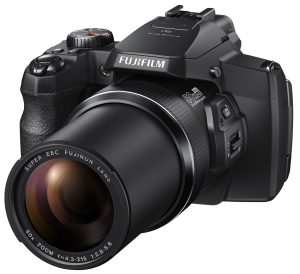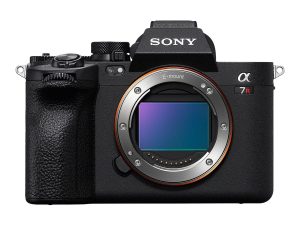CAMERAS: TYPES AND USES

Cameras: types and uses. Modern technology has not only made taking pictures a commonplace daily activity (unlike in previous generations when film cameras were the only option), but an increasing number of camera models are being created to accommodate the needs and artistic preferences of every aspiring photographer and photography enthusiast. You are probably already familiar with a few of them. Read on if you are still unsure about which one to purchase. To choose the best camera and camera brand for you, you must first learn about the most common types of cameras used for photography.
Camera: Types and its Uses
Cameras are available in a wide variety these days. These camera kinds include DSLRs, action cameras, new and improved film cameras, your favorite little digital cameras, and even the newest mirrorless cameras. Selecting a camera type might be challenging, but if you learn more about each one, including its advantages and disadvantages, you can quickly determine which one will be best for you.
1. Action cameras

often called action cams, are small, shockproof cameras that record high-definition video and take digital pictures while in an action-packed setting. Action cameras can be mounted on bicycle handlebars, helmets, and even drones to capture amazing wide-angle photos and videos.
2. Bridge cameras

These devices are easy to use and versatile for novices who prefer the simplicity of small digital cameras but also desire more control over camera settings. They have a smaller sensor than compact digital cameras, an electronic viewfinder, and a slower autofocus.
3. Compact digital cameras

Also referred to as point-and-shoot cameras, these devices are small, lightweight, robust, and simple to operate. Compact digital cameras are always in automatic mode, which continuously modifies all of its settings to produce high-quality photographs.
4. DSLRs

The majority of professional photographers use DSLRs, which combine a digital sensor with the mirror and prism mechanism of SLRs, or single-lens reflex cameras, which reflect light onto the sensor. With a DSLR camera, the photographer has maximum control and versatility, allowing them to switch lenses and take a variety of pictures.
5. Instant cameras

The price and the tactile experience of seeing a picture develop in your hand more than make up for any image quality issues. These vintage-looking full-frame cameras are incredibly simple to use—just point and shoot. Additionally, you don’t require any photo editing software or applications.
6. Medium-format cameras

These cameras provide remarkable film and digital images with a wider dynamic range and more accurate color reproduction because of their sensor size, which is somewhat larger than the 35mm film frame. For professional photographers, particularly those creating images for print or advertising, this is the best camera available.
7. Mirrorless cameras

These cameras do away with the mirror and prism entirely and use an electronic viewfinder in place of their optical viewfinder. Mirrorless cameras, which use interchangeable lenses and provide a variety of customized camera settings, are smaller than digital cameras.
Summary
Purchasing a camera system requires careful consideration of a number of criteria. You intend to do What type of photography ? Take cameras used for portraiture versus tennis photography, for example. What is your spending limit? To what extent do you think it is feasible to travel with a lot of equipment? Are you able to edit your photos with a powerful computer and software program? In addition to your photos, how much video do you want to record? Before diving into a system, all of these are crucial questions to think about.